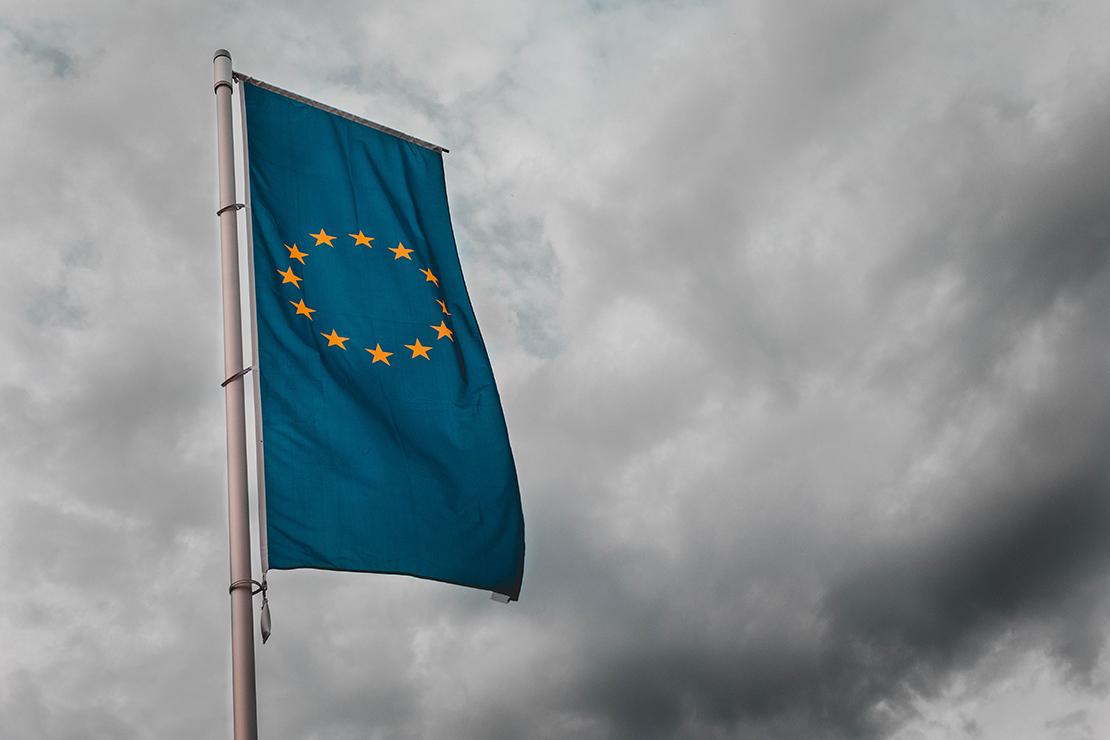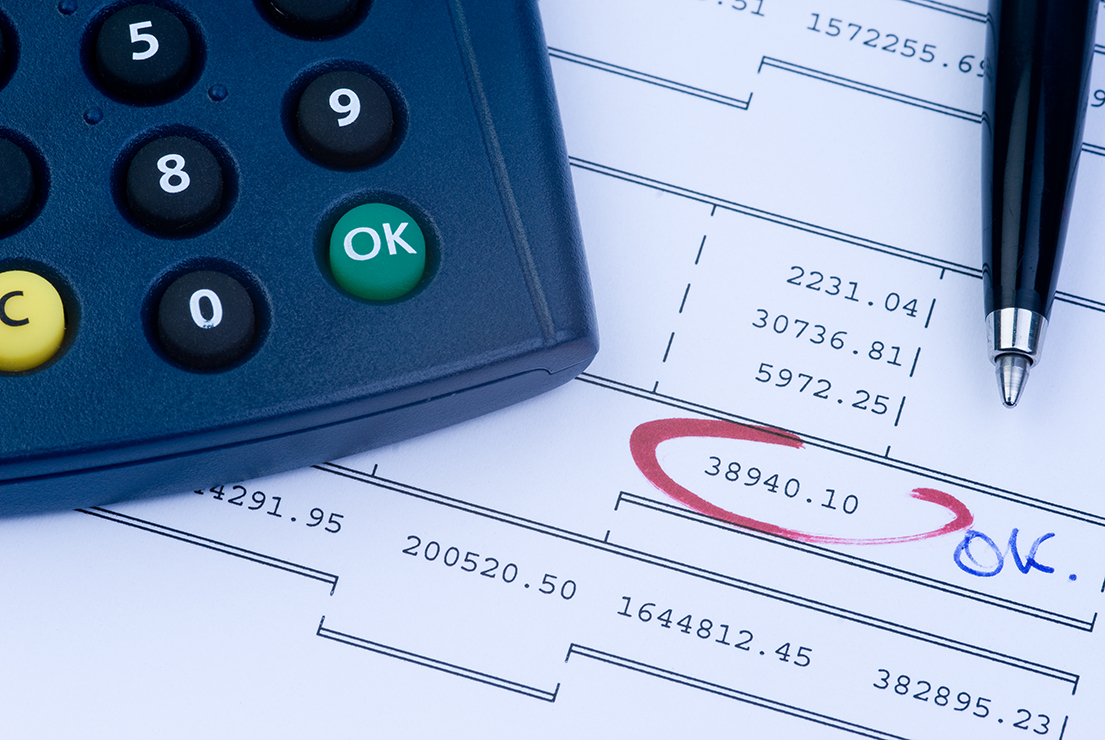Authors

Erëza Pula
economics, foreign direct investment, good governanceThere are those who like talking about trade deficit. According to them, widening of the trade deficit might be a reflection of a strong and vibrant economy, and a fast demand growth which justifies the increase of imports. To them, growing trade deficits do not represent a problem or a sign of weakness. Unfortunately, such arguments do not hold when analyzing Kosovo’s trade balance.
Since the aftermath of 1999, Kosovo has been facing tremendous difficulties with its trade regime, and has been successively characterized with a poor export base, high imports, and consequently low coverage rates throughout the years. Even though 2017 was distinguished for its political turnaround, the economic state of the country remained more or less the same, lacking fiscal and economic policies on sight towards advancing its business position and economic activities. Sustained trade deficit for an extended period not only is detrimental for the economic development, but also racks up debt which should be repaid at some point.
Brief illustration of trade flow
This Espresso.Insight sheds light on the flow of goods and trade relations of Kosovo with other countries during the last three years, precisely from 2015-2017.
Kosovo, for the last two decades, has been highly dependent on imports, while having a low export base due to the almost non-existent production capacities. More precisely, a comparison between the ratio of exports to imports throughout years (2001-2017) shows its weak economic state. On this note, the highest ratio of exports to imports reached only 13.7% in year 2010. Such figures are the lowest in the region, and certainly much lower compared to those of the European Union member states.
Until now Kosovo has been lacking a proper economic strategy, necessary to generate a sustainable economic development. It should be noted that a large share of Kosovo’s budget revenue is dependent on custom duties. According to the Government, from January 2018 the manufacturing businesses might benefit from fiscal policies, such as the exemption from custom duties on raw material, semi-products, production lines and information technology equipment. In addition, the Government has pointed that there will be no increase or new taxes for the local businesses. These measures might be effective towards increasing domestic production capacities and generating economic development, however only in the long run, given the persisting trends of trade deficit.
Main trading partners
Prior to becoming a member of Central European Free Trade Agreement, Kosovo had already signed bilateral free-trade agreements with Albania, Macedonia, Croatia and Bosnia and Herzegovina. Upon entry into force of CEFTA, the bilateral free trade agreements were terminated, as stipulated by Annex 2 of CEFTA agreement.
In addition, the EU has offered Kosovo and other Western Balkan countries preferential treatment in trade since 2000, as part of the stabilization and association process. These preferences, known as the Autonomous Trade Measures (ATM), ensure duty-free access for practically all the goods from the region to the European Single Market. In addition, in 2015 Kosovo signed the Stabilization and Association Agreement with the European Union which set a milestone on the path towards European Integration, and the strengthening of democracy, political stability and economy. All these aforementioned agreements aim to revitalize the economy, increase trade flows, and production capacities in the region.
Given these agreements, during the last three years 2015 – 2017, the main destination of exports from Kosovo included the European Union and CEFTA member countries. In 2015 Kosovo exported mostly to CEFTA countries (38.03%) and to EU countries (32.6%); in 2016, the largest share of exports was destined to CEFTA countries (46.61%), non-European Countries (22.8%) and EU countries (22.61%); and similarly, in the following year, almost half of the exports were destined to CEFTA countries (48.33%), followed by EU countries (24.92%). Within the CEFTA network, Kosovo exported mostly to Albania, Macedonia and Serbia, whereas the most frequent destination for exports to European members included Italy, Germany, United Kingdom, Austria and Netherlands.
Regarding the main import destinations during the last three years, Kosovo imported mostly from the European Union countries, followed by CEFTA and non-European countries. It is worth mentioning that during these three years, imports from the European Union countries amounted to almost half of the total imports, precisely 42.24% in 2015, 43.1% in 2016 and 43.05% in 2017. European Union countries from where Kosovo imported the most include Germany, Italy, Greece, Poland and Austria; whereas regarding the CEFTA countries, from Serbia, Macedonia and Albania.
Trade flow by commodity groups
As elaborated, the liberalization of trade did not necessarily lead to an improved competitiveness of the production sectors, thus preserving the persistent high trade deficit. Being characterized with a low production base, the exports cover only a tiny fraction of imports.
During the last three years, Kosovo exported mostly base metals, plastics and rubber, mineral products, and food and beverages. On the other hand, it imported mostly intermediary goods, followed by consumption goods, capital goods, and goods not specified elsewhere. Industrial supplies, and fuels and lubricants composed the largest share of intermediary goods imported to Kosovo; whereas food and processed beverages mainly for household consumption, and semi-durable goods composed the largest share of consumer goods imported.
It should be noted that the agriculture sector has a great potential, especially for domestic agricultural production and expanded food processing. Yet, this sector still has the highest trade deficit throughout the years, making the second-youngest country in the world one of the largest food importers in Europe, especially tailored towards supporting domestic production.
Concluding remarks
Kosovo has integrated into regional and global markets through the above mentioned agreements by penetrating markets and gaining potential customers beyond its borders. Yet, trade deficit still remains extremely high due to a weak production base and continuous dependence on imports. Even though the Government has undertaken various initiatives to boost exports and substitute the ever-growing imports, trade figures show that there was no substantial progress on narrowing the trade deficit.
It is of crucial importance for Kosovo to increase its productivity levels and the quality of its products, to initially support the domestic consumption and to increase the exports in the regional markets given their less stringent standards. Only then, after successfully reaching its production potential and penetrating regional markets, Kosovo might be ready to export more also to the European Union member states and other countries. In the long-run, this would gradually smooth the persisting trade deficits.
Share article
Related Espresso Insights
March 4, 2024
Espresso.Insights
Passport Hangover: What’s next after Spain’s Kosovo breakthrough?

January 16, 2023
Espresso.Insights
Recognized but not supported: Hungary's stance on Kosovo's EU bid

Latest Publications
April 24, 2024
Policy Analysis
Tracking Kosovo's Commitment: Monitoring Adherence to the Venice Commission Rule of Law Checklist in ...
April 8, 2024
Policy Analysis
Reflecting on the Third Year of Kurti II: Setbacks and Achievements in Rule of Law, Public Administr ...
March 22, 2024
Policy Analysis






